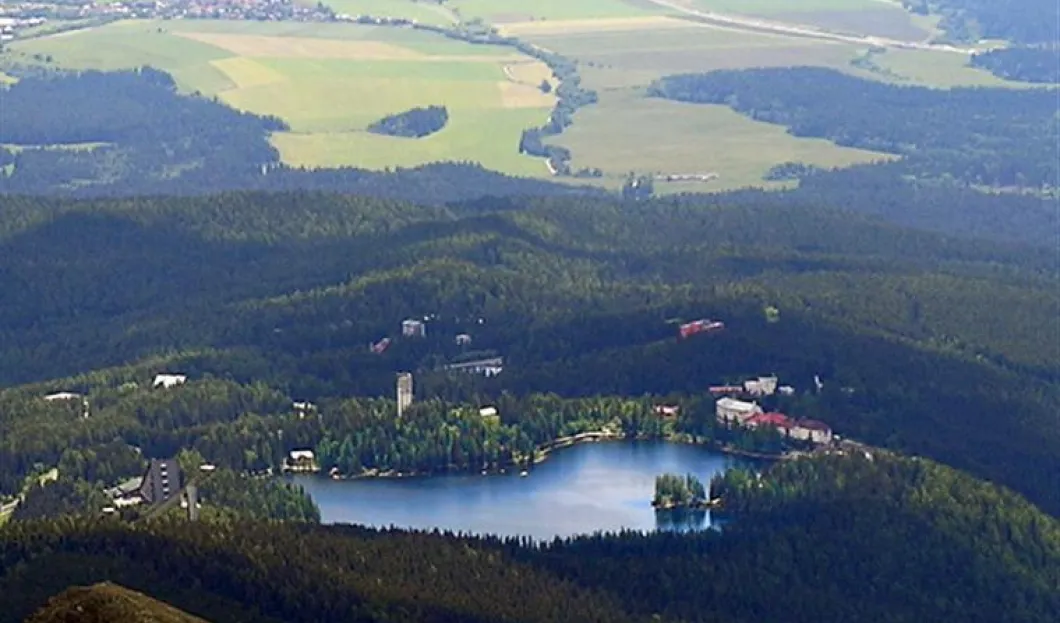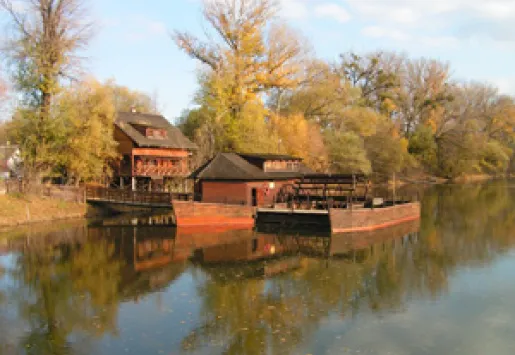
Slovakian mountain lake Strbske Pleso, the popular destination of many hikers in the High Tatras, is losing water. Locals blame the developers of tourist complexes and ski resorts.
The famous Slovak mountain lake of glacial origin Strbske Pleso in the High Tatras is drying up. Its water level has dropped by approximately one meter since last autumn and nobody knows why. In spite of the fact that the water level has increased a little recently because of the heavy rains, experts still fear the lake will continue losing its water.
According to Pavol Kral from the High Tatras National Park such low water level could not be seen on any postcards dating back to 1910s. Kral knows the lake very well because he has been interested in it for many years. As an amateur diver he is also able to find his way under its surface. However, even he is not sure why the water level is receding.
Kral said: “The water loss could be caused by this year's winter which was extremely dry. That is why not only Strbske Pleso but the whole area of Mlynicka Dolina suffers from the water loss.”
The Czech radio station Rozhlas.cz informed that there was only one meter of snow this winter. However, not even ten meters of snow would be sufficient to replenish the lake to its original state. Local people have many ideas about the possible causes of water loss. Some of them think that it could be connected to the damage caused by the storm that destroyed many trees in local forests in 2004.
Other theories suggest it is the fault of the developers who are responsible for building modern tourist resorts in the area. Yet other people think that the developers built garages too deep and damaged the shore of Strbske Pleso.
It is true that the High Tatras suffer because of the new construction but the destruction of the lake would be bad enough since that would mean losing the biggest tourist attraction in the area. A very interesting theory suggests that ski resorts are partially responsible for the water loss too. They are said to use the water from the lake for artificial snow. Thus, it is possible that they will not be allowed to produce the artificial snow for a few winter seasons if the situation does not improve.















